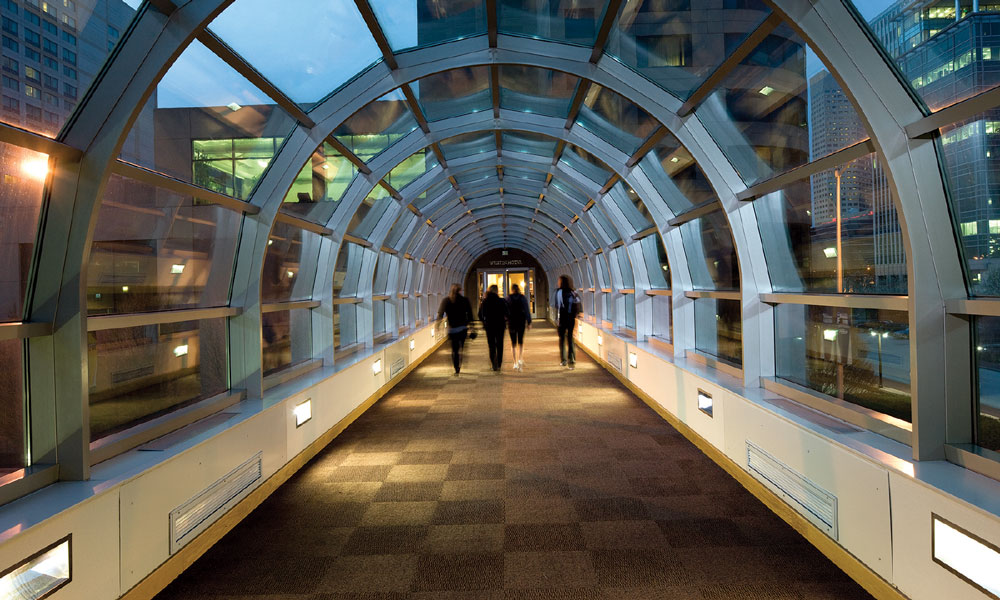
Improve Your Meeting Through Better Interactions
Much of the important work at a meeting doesn’t just happen during scheduled events. It also takes place at casual gatherings such as an early morning coffee, a lunchtime walk, or a dinner at a local restaurant. Or even during serendipitous encounters.
Connectivity of venues is key to encouraging the kinds of creativity-inspiring engagement that attendees seek with one another. And so is the proximity to local places where they can connect. Think of the kind of encounters that Steve Jobs envisioned as Pixar Animation Studios’ California headquarters was being designed.
Time spent commuting from hotels to conference locations that are spread out can be time wasted. Participants staying in hotels far afield from one another aren’t likely to interact outside of the conference. They’re not likely to bump into each other on the sidewalk or at a local attraction.
So for a meeting to have the greatest impact, look for hotels and conference locations that are near event spaces, restaurants, shopping areas, and entertainment venues. They should be connected in ways that lead to spontaneous interactions.
Such an infrastructure led Maggie Connolly, director of client relations at First Protocol, an international event-management and production agency, to Indianapolis in March. Having eight months to organize a four-day conference for 3,500 clinical managers from across the United States, Connolly had to book room blocks in 11 hotels.
Indianapolis’ enclosed skywalk system that joins 12 hotels and 4,700 rooms with 749,000 square feet of exhibit space connected the participants, regardless of which hotel they were staying in.
“I feel like Indianapolis was purpose-built to focus on making sure that meetings came to Indianapolis,” Connolly said.
(Handout photo)The Power of Community
Connectivity doesn’t just refer to the ease with which attendees can move between hotels, meeting spaces, and gathering spots. Ideally, a conference should also strengthen relationships among participants as well as between the meeting’s attendees and the community.
That experience will help the group demonstrate its core values and foster a meaningful bond among attendees. Connolly’s group, for example, worked with the Boys & Girls Club of Indianapolis to build bicycles for 320 local children.
Visitors should support the community at the destination because that type of engagement can benefit both parties. Overall, Connolly said she and many of the members of her conference felt more connected to the city after the project. “It wasn’t just about the meetings and the hotels,” Connolly said. “You still felt that hometown hospitality.”
(Handout photo)





